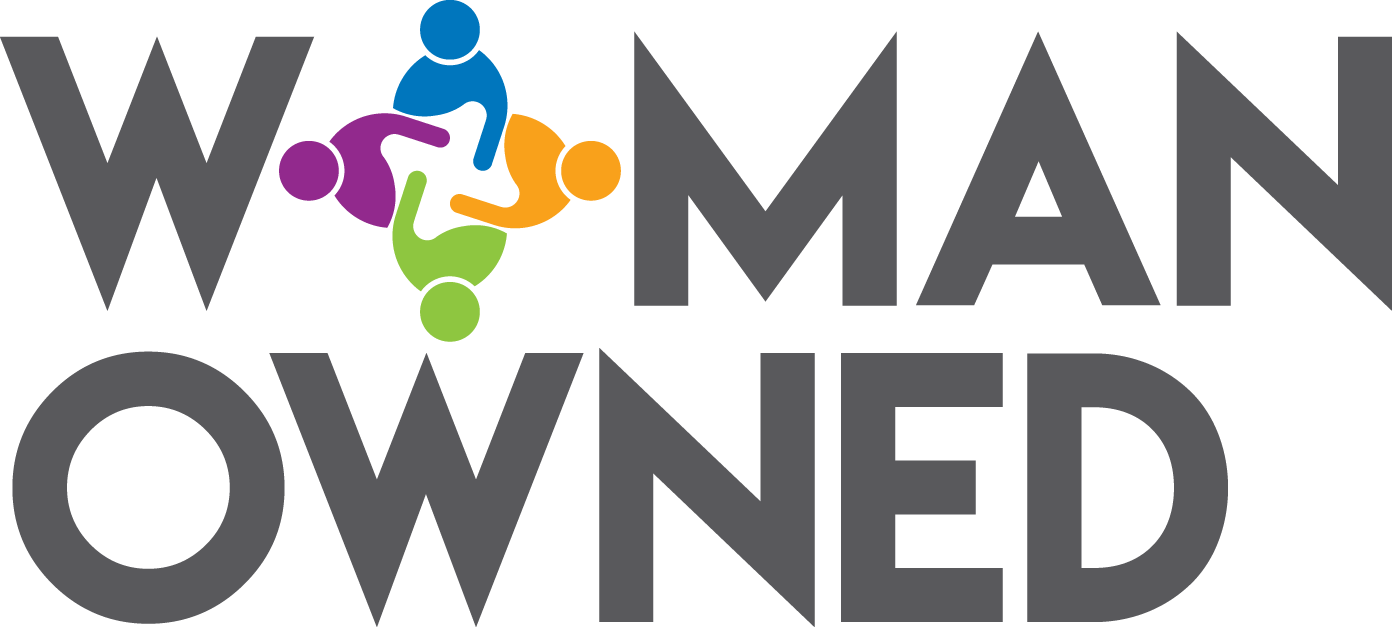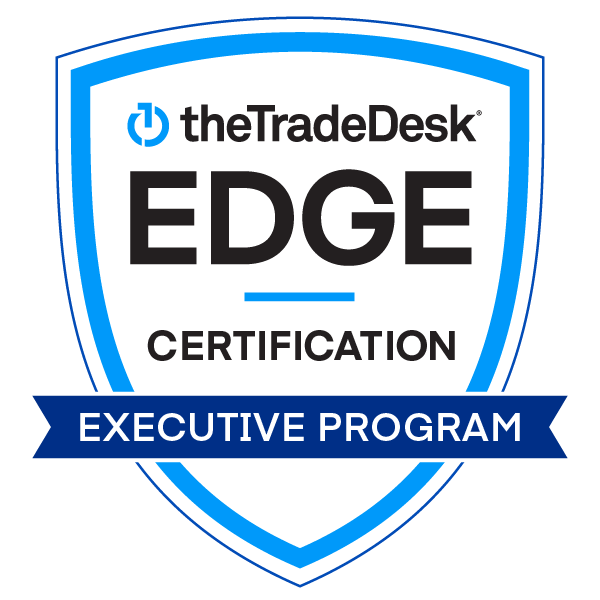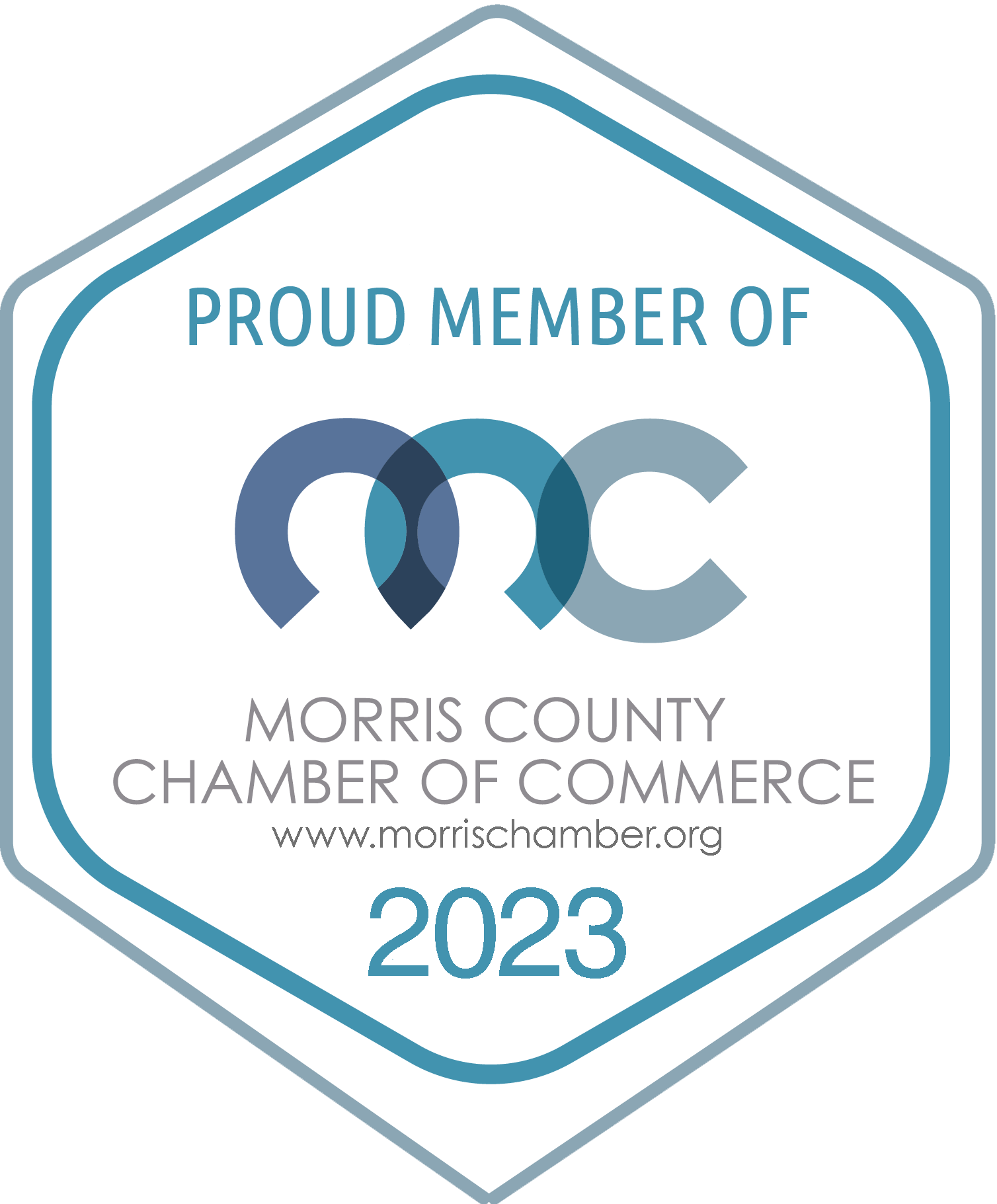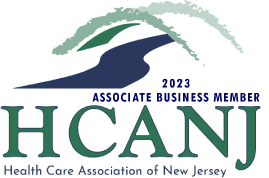 You’ve nurtured the candidate relationship and made the offer. They accept. Yay!
You’ve nurtured the candidate relationship and made the offer. They accept. Yay!
Now the real work begins. How do you keep employees, in a highly competitive labor market? As in most relationships, communication is key. Start early and communicate often.
Consider touchpoints through the critical first two years:
- Welcome the New Hire
- One month
- 6 months
- 1 year
- 18 months
- 2 years
The pace and sequence of information will vary based on your specific culture and team structure, but the effort will pay off. Here are some ideas of things you can do:
- In larger organizations, give new hires a Newbie Badge, so that employees can welcome them warmly and provide direction if they seem lost.
- Use a variety of communication methods. Many ATS/CRM tools have built-in onboarding communication modules. Take advantage, but email, text, postcards, flyers, multi-page brochures, custom screen savers, dedicated intranet pages, branded promo items or apparel with a campaign theme are all valid. In most cases the appropriate method will align with the message easily.
- Be sure to market an employee referral program early, while they are still in the honeymoon phase. Good recruiters will ask references about their own career aspirations and openness to opportunities. You want to take full advantage of this opportunity to brand the organization and fill open roles.
- Invite new hires to lunch and learn more about how the reality of the environment matched their expectations.
- Remind new hires of available benefits. This is often glossed over in orientation and paper information packets. I can’t tell you how many focus groups I’ve facilitated where employees gripe about lack of a benefit that is actually available, but not communicated effectively.
- If you offer retirement savings make sure they are taking full advantage. An employer match is free money (or at least part of the total compensation package).
- Remind new hires of your Performance Evaluation process and timing. If you follow the generational archetypes, millennial workers crave constant feedback. Older workers may be fine with annual touchpoints but don’t ignore those who need feedback more frequently.
- Make sure any Employee Service Program (ESP) is shared and promoted as a benefit to employees. Make it easy for employees to deal with any life hassles that could become a distraction so that they are highly efficient at work.
- A good onboarding/internal communication strategy will not only keep new hires engaged but will also get them talking about the organizational culture and benefits.
- If you do happen to lose a star employee, give them a Return Ticket that allows them to return within 30 days if they change their mind. Most people know their value but providing tangible proof of your commitment could take any ego out of it and make it easier to admit that the grass wasn’t greener.
What’s your favorite employee/onboarding communication tip? If you’d like to talk about any of these strategies, we’d love to hear from you.






